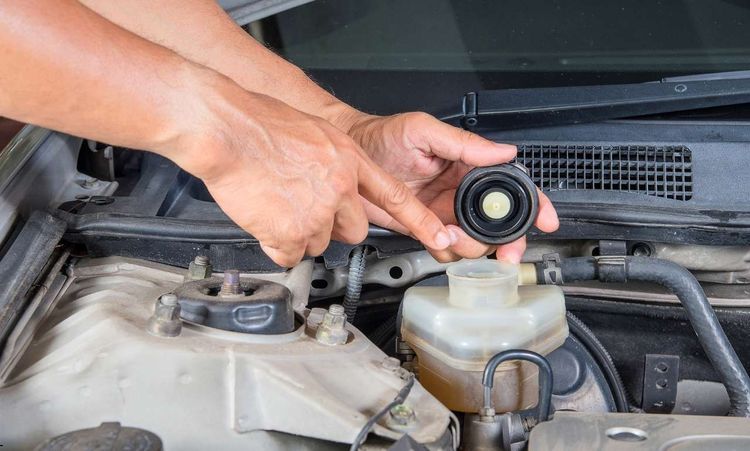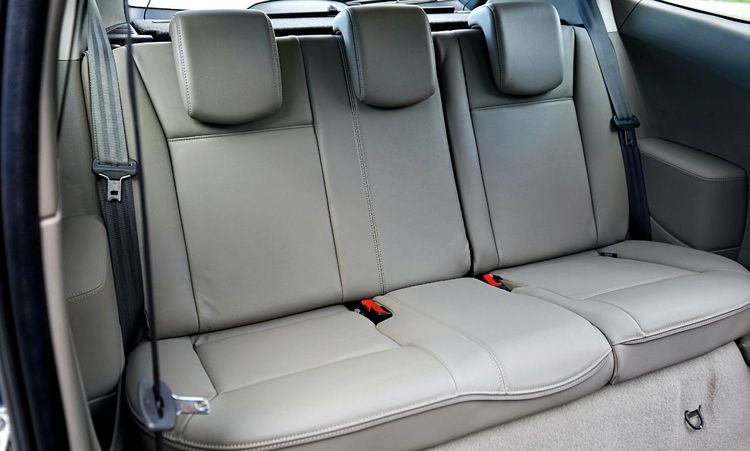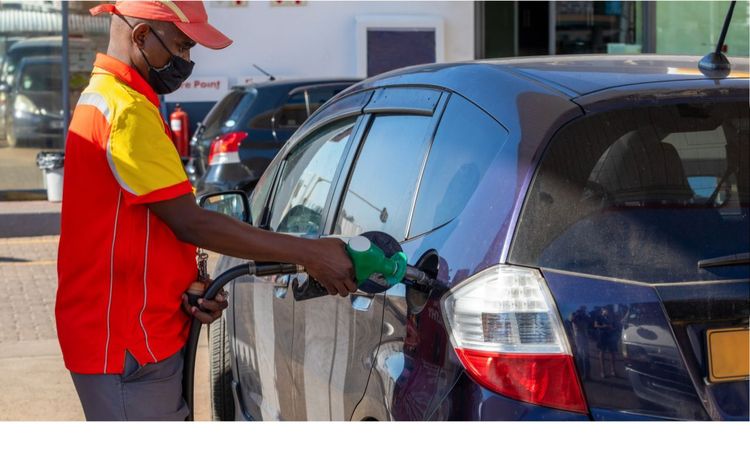Backfiring occurs when unburnt fuel ignites outside the combustion chamber, either in the exhaust or intake system. When it happens in the intake, it's often due to a disruption in the engine's air-fuel mixture, ignition timing, or mechanical components. This can lead to poor performance, reduced fuel efficiency, and even engine damage if left unchecked. In this article, we'll explore the most common causes of intake backfires, from misfiring spark plugs to mechanical failures.
Misfiring Spark Plugs
Spark plugs are responsible for igniting the air-fuel mixture in the combustion chamber, and when they fail, the results can be dramatic. A misfiring spark plug can cause unburnt fuel to enter the intake manifold, where it can ignite and create a backfire.
If your engine is backfiring, the first thing you should check is the condition of your spark plugs. Look for signs of wear, such as cracked insulators or eroded electrodes. If they're in bad shape, replace them immediately.
Poor Fuel-Air Ratio

The fuel-air ratio is critical to proper combustion. If the mixture is too lean (not enough fuel) or too rich (too much fuel), it can lead to backfiring. A lean condition often causes the engine to run hot, which can ignite fuel in the intake manifold. On the other hand, a rich condition can leave unburnt fuel in the exhaust system, where it can ignite and cause a backfire.
To diagnose a fuel-air ratio problem, you'll need to check the fuel pressure, inspect the fuel injectors, and ensure the mass airflow sensor is functioning correctly.
Bad Ignition Timing
Ignition timing refers to the precise moment when the spark plug fires. If the timing is off, the spark can ignite the air-fuel mixture too early or too late, leading to incomplete combustion and backfiring.
If you suspect bad ignition timing, use a timing light to check the timing marks on your engine. Adjust as necessary to ensure the spark occurs at the correct moment.
Air Filter
A dirty or clogged air filter can restrict airflow to the engine, causing a lean condition and potentially leading to backfiring. The air filter is often overlooked, but it plays a crucial role in maintaining the proper fuel-air ratio. Check your air filter regularly and replace it if it's dirty or damaged.
Leaky Exhaust
A leaky exhaust system can allow oxygen to enter the exhaust stream, which can ignite unburnt fuel and cause a backfire. This is especially common in older vehicles with corroded or damaged exhaust components. Inspect your exhaust system for leaks, paying close attention to the manifold, gaskets, and joints.
Oxygen Sensor

The oxygen sensor (O2 sensor) monitors the amount of oxygen in the exhaust and helps the engine control unit (ECU) adjust the fuel-air ratio. A faulty O2 sensor can send incorrect data to the ECU, leading to a lean or rich condition and potential backfiring. If your check engine light is on, use a code reader to check for trouble codes related to the O2 sensor. Replace it if necessary.
Mechanical Failures
Mechanical failures, such as bent or damaged valves, can disrupt the engine's airflow and cause backfiring. Valves that don't seal properly can allow air and fuel to escape into the intake or exhaust system, where they can ignite. If you suspect a mechanical failure, perform a compression test to check the condition of the valves and piston rings.
Ignition Systems
Faulty ignition components, such as distributor caps, rotor buttons, or plug wires, can cause misfires and backfiring. These components are responsible for delivering the spark to the spark plugs, and if they fail, the engine won't run smoothly. Inspect your ignition system regularly and replace any worn or damaged components.
Fuel Injectors/Fuel System
Clogged or malfunctioning fuel injectors can disrupt the fuel delivery to the engine, leading to a lean or rich condition and potential backfiring. The fuel system also includes the fuel pump, fuel filter, and fuel pressure regulator, all of which can affect engine performance. Check the fuel pressure and inspect the injectors for clogs or leaks. Replace any faulty components.
Bent or Damaged Valves

Bent or damaged valves can prevent proper sealing in the combustion chamber, allowing air and fuel to escape into the intake or exhaust system. This can lead to backfiring and other engine issues. If you suspect valve damage, perform a compression test or leak-down test to confirm.
Does Backfiring Mean Lean or Rich?
Backfiring can occur in both lean and rich conditions. A lean condition (too much air, not enough fuel) can cause the engine to run hot, igniting fuel in the intake or exhaust. A rich condition (too much fuel, not enough air) can leave unburnt fuel in the exhaust, where it can ignite and cause a backfire.
How Do You Fix an Engine Backfire?
Fixing an engine backfire requires diagnosing the root cause. Start by checking the spark plugs, fuel-air ratio, ignition timing, and air filter. Inspect the exhaust system for leaks and test the O2 sensor. If the problem persists, consider mechanical issues like bent valves or faulty ignition components.
Conclusion
Engine backfiring is more than just a loud noise—it's a sign that something's wrong under the hood. By understanding the common causes and how to address them, you can keep your engine running smoothly and avoid costly repairs.
If you've ever experienced a backfire, you know how unsettling it can be. But with the proper knowledge and a little troubleshooting, you can get your engine back on track.




